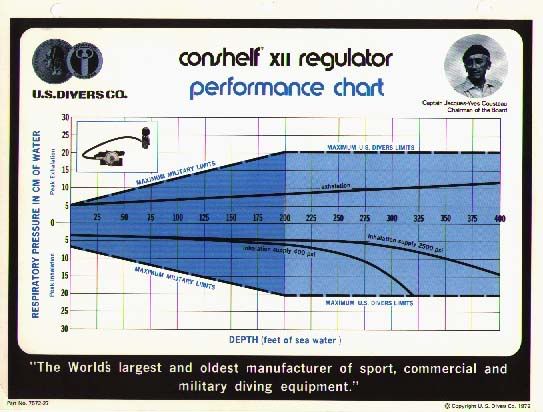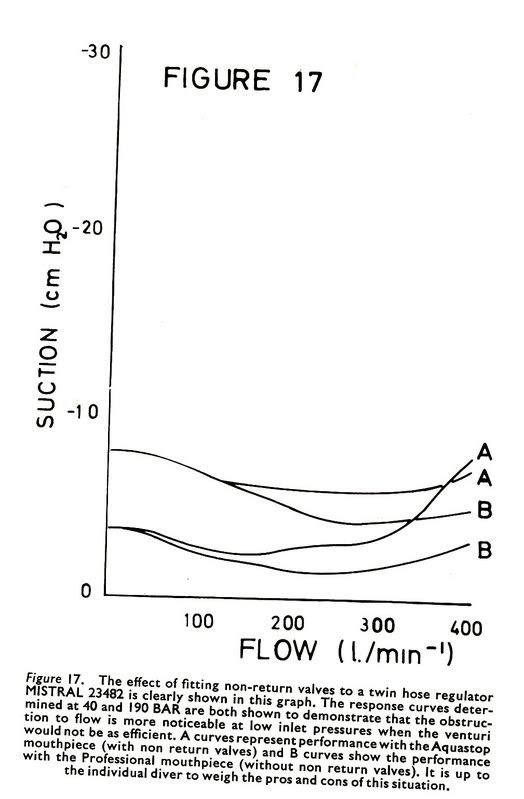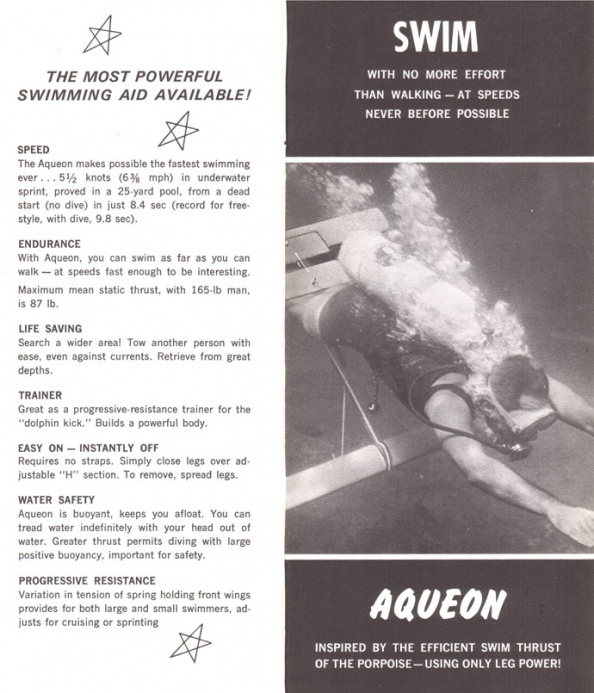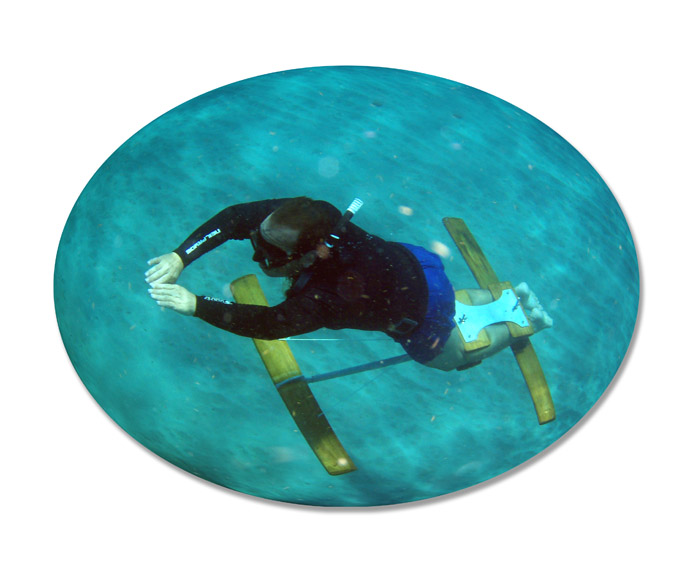RickI
Contributor
I totally agree, Rocket and Jet fins were ideally suited to SCUBA diving. Had no idea they were patented in 1963. Recall the SCUBAPRO Jets being viewed as new somehow when I got them in 1971. Perhaps they were just new to Divers Haven, anyone remember Eddie Malenowski on here?
Don't get me wrong I come from SCUBA diving, for many decades. Used it for work, research and pleasure for a coons age. Have just eased away from it by choice over the years. Carrying too many tanks promoting repetitive niggle hits in trimix in the early 90's helped to move me on. Still have a ton of old, maybe even "vintage" SCUBA gear. That and the desire to do something different or at least with a new slant. Free diving offers some new, old challenges.
Nice ads by the way. I started collecting old Skin Diver Mags again and other diving mags from the 50's and 60's a few years back. Do you have many old publications scanned? Excellent idea for indexing and ready access. Yes, Duck Feet were from the Teams as I recall. Tried them but preferred Jet and later Rocket fins.
Don't get me wrong I come from SCUBA diving, for many decades. Used it for work, research and pleasure for a coons age. Have just eased away from it by choice over the years. Carrying too many tanks promoting repetitive niggle hits in trimix in the early 90's helped to move me on. Still have a ton of old, maybe even "vintage" SCUBA gear. That and the desire to do something different or at least with a new slant. Free diving offers some new, old challenges.
Nice ads by the way. I started collecting old Skin Diver Mags again and other diving mags from the 50's and 60's a few years back. Do you have many old publications scanned? Excellent idea for indexing and ready access. Yes, Duck Feet were from the Teams as I recall. Tried them but preferred Jet and later Rocket fins.








